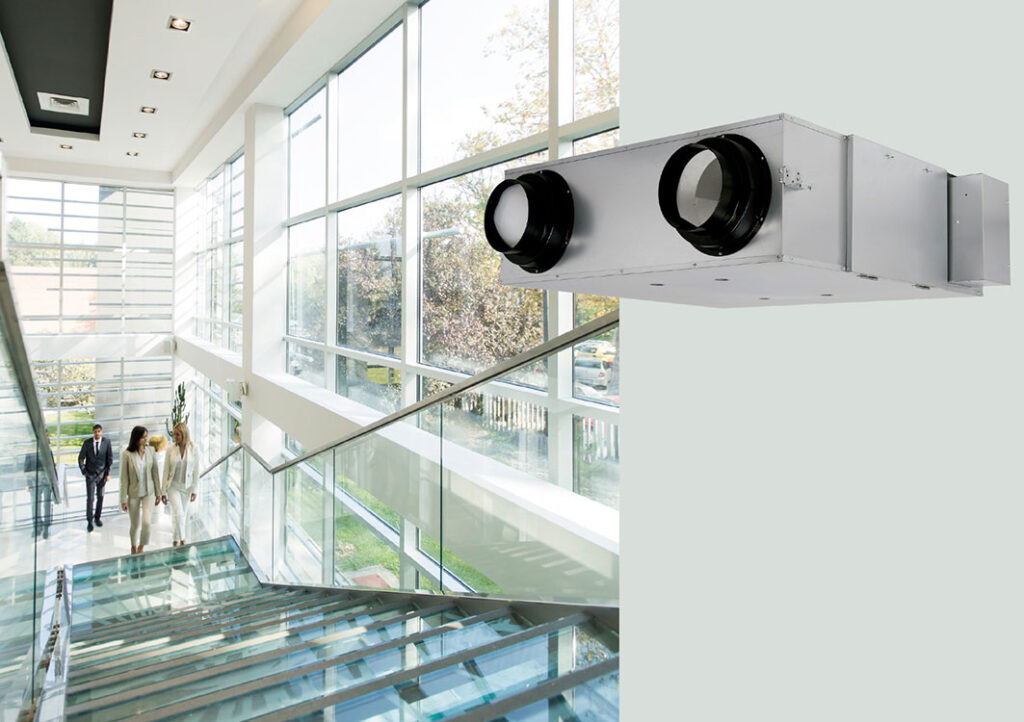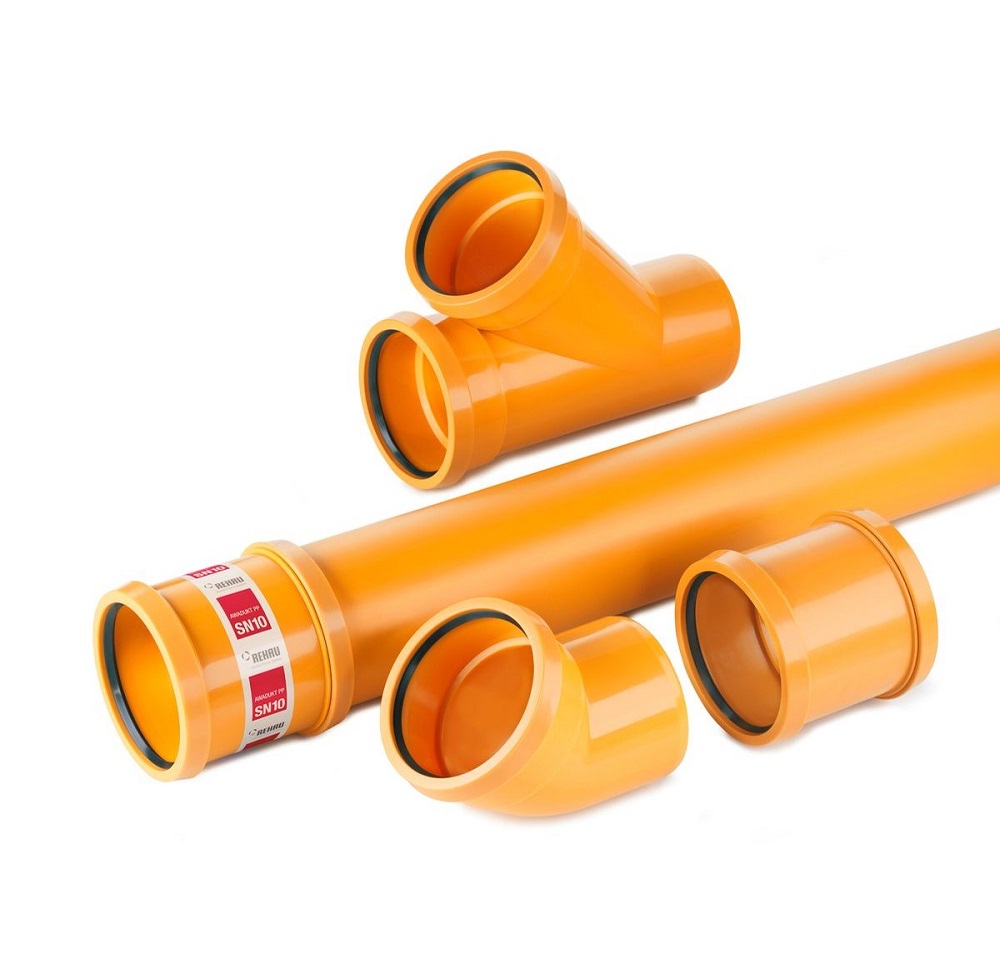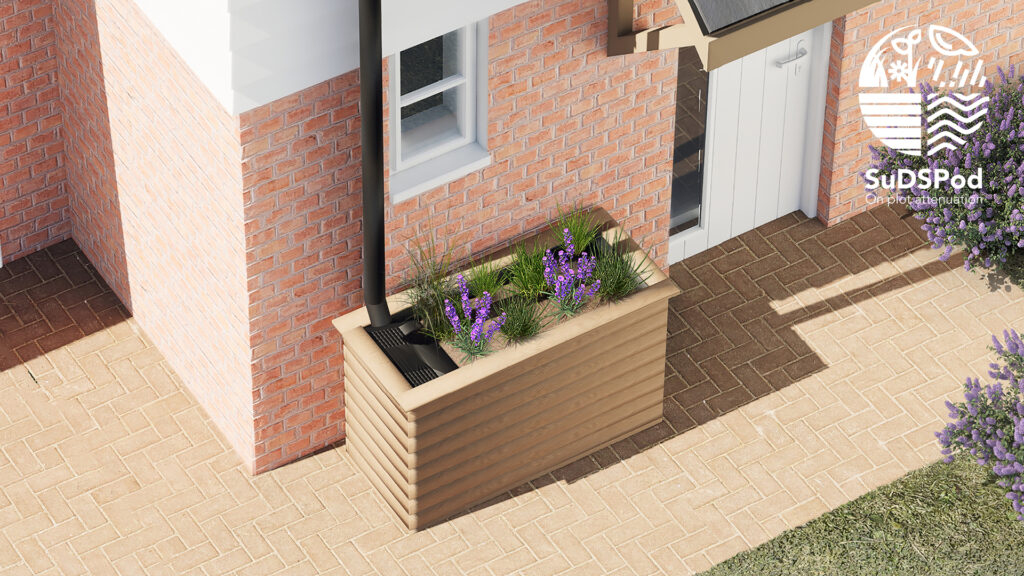Stop the rot
The number of properties with external wall insulation (EWI) is growing. Government statistics show that between October 2012 and March 2014, around 47,000 homes had EWI installed, thanks to the Energy Company Obligation (ECO) scheme.
Installing EWI can have a dramatic impact on energy and family finances, saving up to an average of £460 on fuel bills, according to the Energy Saving Trust. However, there could be downsides. One of the potential problems that some may not be aware of is that if rising damp already exists in a wall, EWI is likely to make it worse.
EWI prospects
The market for EWI is potentially huge. According to the Insulated Render and Cladding Association (INCA), there are around eight million homes with solid walls in the UK, a third of UK housing stock and half of them are occupied by people in fuel poverty. These properties require either external or internal insulation in order to reduce energy loss through their walls.
There are pros and cons for both EWI and internal wall insulation (IWI). Cost is usually much higher for EWI, whereas one of the most common concerns about IWI is that it reduces living space and causes disruption for households. In older properties, it also means any period features are hidden behind the new insulation.
One of the cited benefits of EWI over IWI is that it is less prone to causing or exacerbating damp problems. This is true in some cases.
EWI reduces the risk of vapour condensing on the inside skin of the wall, as the dew point temperature moves closer to the external face of the insulated wall. It can also protect against penetrating damp, which is caused by driving rain. However, it is important to ensure that there are no gaps, for example at the eaves, where rain can find its way in and get trapped behind the insulation.
However, what neither EWI nor IWI can do is improve the situation with rising damp. The height that damp will rise is largely influenced by the rate at which moisture can evaporate from the wall. Cover either side of a wall up and you prevent evaporation, although with IWI the problem is less obvious as it is hidden and may take some time to emerge.
Most of the UK’s solid-walled housing was built before the 1920’s and the majority of these were constructed without a damp-proof course (DPC). Though not all of these properties will suffer from problematic rising damp, the lack of a DPC does mean that if the conditions are right, it will occur.
Water will rise up through all porous materials – such as brick, mortar and sandstone. Mortar also becomes more porous with age. The characteristics of the wall’s material, its ‘sorptivity’, or ability to absorb liquid by capillary action, combined with the evaporation rate, are what determine how high damp will rise.
Often the damp only rises a few inches up the wall and remains hidden behind the skirting board – one of the reasons they were invented. Where rising damp becomes a real problem is when it gets high enough to reach timbers which can lead to decay, or if it starts to damage décor, with occupants noticing blistering paint or peeling wallpaper.
This graphic demonstrates how EWI can exacerbate rising damp, as excess moisture is less able to evaporate through the outer wall
Rising to the challenge
Where severe rising damp is present in a property where EWI is planned, advice should be sought from a specialist surveyor. However, cases that are not severe can be treated quickly and cheaply by installing a remedial DPC.
The treatment of rising damp can be costly, especially when expensive replastering is required. However, some damp proofing products are more effective and reduce the need for replastering. Fortunately, there are now fast, low cost replastering systems which have recently reached the market.
Installing a DPC has been greatly simplified with the development of modern products that can be installed rapidly. Holes are drilled at set intervals along a mortar bed, and filled with a damp proofing cream, or damp proofing rods inserted. The chemicals from the cream or rod diffuse out to form a DPC.
The potential problems with rising damp should not be a reason to discount EWI as a possible solution to solid-walled properties requiring insulation. It is a vital tool in improving the energy efficiency of our housing stock and decreasing the UK’s carbon emissions.
However, it is important that more care is taken when surveying properties prior to EWI installation, so that even the most minor cases of rising damp are treated. The last thing that anybody wants to see is measures aimed at improving a household’s quality of life leading to damp and the associated health issues that it can cause.




















